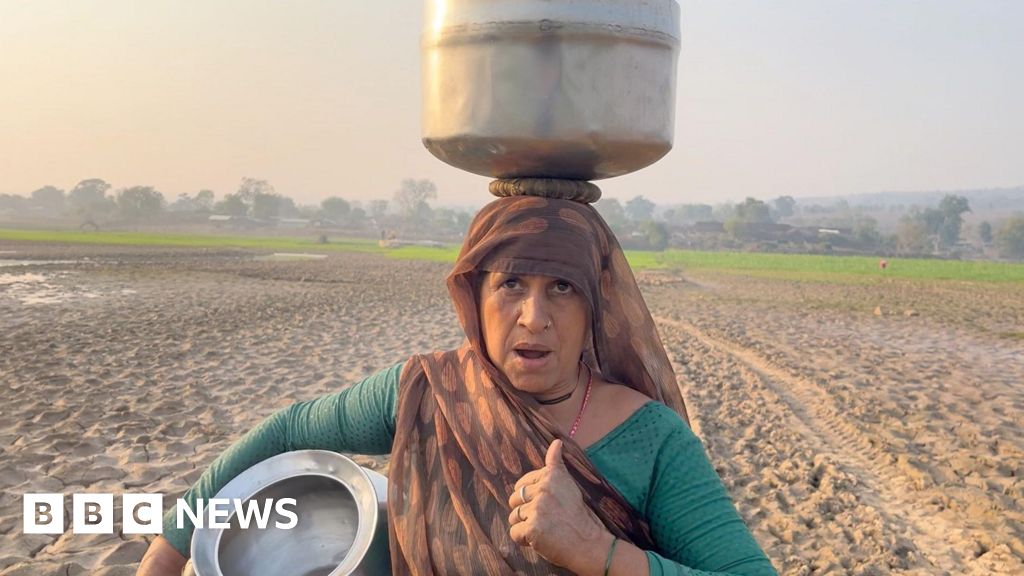Has the next pandemic already started? | Coronavirus pandemic
In mid-July, the US state of Colorado reported six cases of avian flu – or H5N1 – in samples taken from poultry workers. This brought the national total to 10 cases confirmed by the US Centers for Disease Control and Prevention (CDC) since April 2024.
The United States government has upped zoonotic/animal testing, and is now discovering more cases of infection with the virus in cows and other mammals. So far, it has reported H5N1 in more than 160 herds of cows.
The growing number of cases comes amid growing concern about the spread of the virus, with a recent study published in the journal Nature suggesting that the H5N1 found in cows may be more adaptable to humans.
In response to this situation, the US government recently awarded a $176m project to Moderna to support clinical trials for an mRNA vaccine against the virus. Other countries are also becoming alert about these developments, with Finland launching a vaccination drive aimed at safeguarding the most at-risk communities from the disease.
The increasingly frequent reports of new cases have caused some experts to suggest that another pandemic situation may be on the horizon. While that is by far not a certainty, we should still be prepared for it. Yet the world’s readiness to respond to such health threats still appears fragmented and inequitable. It should be worrying to us all that we still do not have adequate tools for early detection and containment.
What we know so far is that H5N1 is a fast-moving, rapidly evolving virus that can cause severe illness and death. However, the lack of diagnostic testing and genetic sequencing for humans and animals obscures our understanding of how the virus is mutating and if there are any potential mutations that may increase the likelihood of human-to-human transmission. The lack of focus on surveillance and investment in diagnostics is irresponsible.
It is crucial to avoid repeating mistakes from the COVID-19 pandemic, especially when dealing with H5N1, where the risks could be even greater due to its high mortality rate. Over the past 20 years, fatal outcomes have been reported in about 50 percent of known cases.
It is likely that infections have been under-reported and under-diagnosed due to limited testing capacity and so the mortality rate may be lower. Furthermore, this rate would not necessarily be replicated if the virus established itself in the human population. Still, there is a risk that a H5N1 pandemic may be significantly different from the COVID-19 one – and deadlier.
The bad news is that at present, there are currently no commercially available diagnostic tests to detect H5N1 specifically. Nucleic acid-based (molecular) tests are the current gold standard for the detection of influenza viruses, but they generally require lab infrastructure to support their use. And even when such infrastructure is available, it may not function fast enough. For example, when a sick Australian girl was tested for bird flu in March, it took several weeks to get the positive result back.
As seen during the COVID-19 pandemic, rapid tests that can provide a result in around 10-15 minutes are a critical tool for outbreak containment – even if they are less sensitive than molecular tests. Investing in research and development that leads to quick, affordable tests for H5N1 influenza can lay the foundation for preparedness.
Tests should be made available worldwide – including in low- and middle-income countries – and prioritised in populations where there is a likelihood of human exposure to the virus, like farms or veterinary clinics.
Scaling up the monitoring of bird and animal populations, training personnel effectively, streamlining reporting mechanisms and utilising cutting-edge technologies like artificial intelligence for speedy analysis should all be priorities for governments. There also need to be incentives to encourage at-risk populations, currently those working with animals that are potentially sick, to test.
Effective ongoing collaboration on developing and sharing treatments and vaccines is equally essential. Partnerships, like the Access to COVID-19 Tools Accelerator – which includes health leaders from the World Health Organization; the Foundation for Innovative New Diagnostics (FIND); Gavi, the Vaccine Alliance; and the Coalition for Epidemic Preparedness Innovations (CEPI) – should be used to encourage governments and pharmaceutical groups to ensure the production of at-scale health countermeasures and that they are available to all countries.
This is not charity, it is investing in global public health to ensure we are all protected. No country can stop a pandemic by itself.
More than a million lives may have been lost during COVID-19 because of inequity. We need to make sure this does not happen again. There needs to be a focus on helping low- and middle-income countries gain access to all the countermeasures needed to tackle the next pandemic.
Action is needed now, while human-to-human transmission has still not been detected, so that if and when it is, a rapid coordinated global response to H5N1 can be deployed.
The new cases in Colorado do not suggest the world is about to end, but are a signal worth heeding. While the US and other Western countries are able to take measures, poorer countries that do not have the resources or access to technology cannot.
This unequal situation not only threatens national health security but also hinders the world’s ability to prevent an H5N1 pandemic if it is to emerge. Global leaders must acknowledge the interconnectedness of health systems and commit to distributing resources fairly.
If H5N1 starts spreading from human to human and we are not prepared for it, we will pay an unimaginable heavy price in terms of human lives and livelihoods.
The views expressed in this article are the author’s own and do not necessarily reflect Al Jazeera’s editorial stance.
Check out our Latest News and Follow us at Facebook
Original Source







